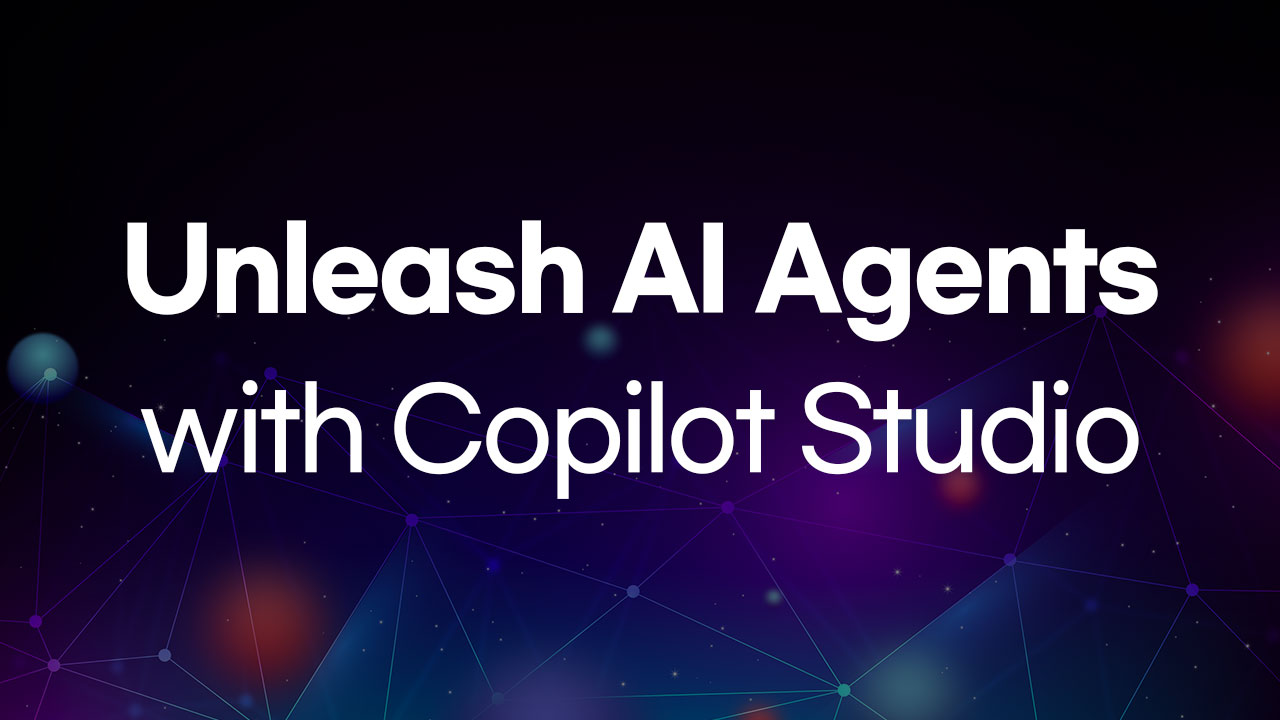Gen AI’s Security Risks And AI-based Security Enhancements
If we look at the current market trends in the technology field, we can see that generative AI (GenAI) is undoubtedly shaping the future. GenAI can automate various tasks and create more time for humans to focus on innovation. It can also analyze large-scale data, provide personalized experiences to customers, and act as a powerful learning tool.
However, we must pay attention to the fact that the development of GenAI brings important security risks that technology providers need to address. Deploying generative artificial intelligence (GenAI), large language models (LLMs), chat interfaces, etc. across the organization’s firewall and connecting them with third-party solutions increases the potential attack surface and poses greater security threats to the business.
GenAI and smart malware will increase the efficiency, automation level, and autonomy of attackers. This will result in a significant enhancement of the tools that both attackers and defenders can use. GenAI prompt injection and model tampering can also lead to data security risks that are difficult to mitigate effectively.
These risks are worrisome, but they also offer new opportunities for security technology providers. Gartner’s recent report highlights these risks and outlines the opportunities for cyber security innovation, delivering practical and objective insights to executives and their teams.
The four key risk factors presented by Gartner
According to our understanding, the Gartner report emphasizes the importance of understanding and preparing for the security risks associated with GenAI. The report presents four main risk areas: privacy and data security, attack efficiency enhancement, misinformation, fraud and identity risk.
1. Privacy and data security
GenAI tools require access to data for training and output generation. Lack of or underused data anonymization technology and/or poor data sharing with third parties or poor API authentication authority management can lead to potential data leakage or infringement. Without explicit and monitored consent, there is a risk of violating privacy rights or data security regulations. GenAI tools can also be vulnerable to data breaches, which can lead to unauthorized access or disclosure of sensitive information.
2. Enhanced Attack Efficiency
GenAI technologies can generate newly derived versions of content, strategies, designs and methods by learning from large repositories of original source content. GenAI has profound business impacts, including on content discovery, creation, authenticity and regulations; the automation of human work; and customer and employee experiences. Gartner expects that by 2025, autonomous agents will drive advanced cyberattacks that give rise to “smart malware,” pushing providers to offer innovations that address unique LLM and GenAI risks and threats.
3. Misinformation
GenAI tools can generate reliable and realistic new content in voice, video, and text formats, and provide interactable attack scenarios through automation capabilities. These capabilities allow malicious actors to use the way fake information is spread and influences people’s opinions on social and political issues in an increasingly effective and automated manner. Social media channels risk being flooded with fake information.
4. Fraud and Identity Risks
GenAI’s ability to generate synthetic image, video, and audio data also poses risks to identification and biometric authentication services that focus on a person’s face or voice. If these processes are compromised, attackers can overthrow the bank’s account opening process or access the accounts of citizens in government or healthcare. This raises concerns about the viability of the solution if deepfake images, videos, and audio are provided to both existing and prospective sales customers.
To counter these risks, Gartner recommends building an updated product strategy to address GenAI security risks, incorporating Generative AI solutions into security products, including active exploration of smart malware behavior, coordination between products and improved threat information, and faster information exchange through APIs for users, files, events, and more.
The report also expects autonomous agents to lead advanced cyberattacks causing “smart malware” by 2025, which will require innovations from providers to address the inherent risks and threats of LLM and GenAI.
Development of AI-based security technology and WIZ
As mentioned above, GenAI also brings risks. On the other hand, the advent of Generative AI has also opened up new opportunities for security. As technology providers continue to explore the changing AI market and the tools that come from it, getting information and preparing for potential security threats should be a top priority.
Cloocus partnered with Wiz, a global cloud security company, to provide Wiz solutions that provide AI Security Posture Management (AI-SPM) capabilities. AI-SPM, which provides full stack visibility into AI pipelines and their risks, includes features that enhance AI security. The solution helps companies deploy and manage AI services more safely through features such as AI pipeline discovery and configuration error detection, security configuration criteria enhancement, attack path removal, shadow AI detection, and AI security dashboard provision.
Earlier this year, Wiz announced Wiz AI-SPM, which helps AI developers and data scientists build AI while being protected from AI-related risks. In addition to supporting existing Google Cloud Vertex AI and Microsoft Azure AI services, it also launched an open AI SaaS connector that supports an open AI API platform. The launch will allow companies to gain visibility into open AI pipelines and mitigate major risks in advance.

Related Posts

Cloocus Corp.
[United States] 500 7th Ave. Fl 8 New York, NY 10018 | Tel.+1 408.7722024 | E-mail.info_us@cloocus.com
[Malaysia] A-3A, Block A, Level 3A, Sunway PJ51A, Jalan SS9A/19, Seri Setia, 47300 Petaling Jaya. | Tel.+6016 331 5396 | E-mail.infoMY@cloocus.com
[Korea Headquarter] 6, Nonhyeon-ro 75-gil, Gangnam-gu, Seoul, Republic of Korea 06247 | Tel.02-597-3400 | E-mail.marketing@cloocus.com
[Korea Busan Campus] 55, Centum jungang-ro, Haeundae-gu, Busan, Republic of Korea | Tel.051-900-3400
[Japan] ARK Hills Front Tower, 2-23-1 Akasaka, Minato-ku, Tokyo | Tel.+81 3.5575.7808 | E-mail.infoJP@cloocus.com
Copyrights 2024 Cloocus co.,ltd. all rights reserved.




